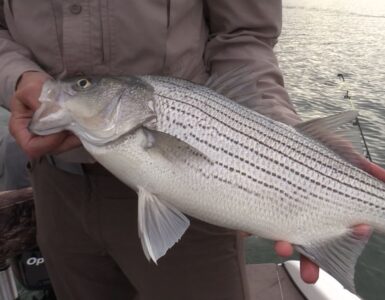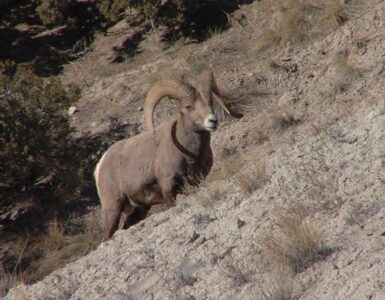The Greater Sage-Grouse, also known as the Sage-Hen or the Sage-Chicken is the largest of the North American grouse.
Sage-Grouse were abundant in pioneer times, but sagebrush eradication and intensive use of lands by domestic livestock have reduced their numbers. Sage-Grouse range is declining in Utah in both quantity and quality. These birds inhabit sagebrush plains, foothills, and mountain valleys. Sagebrush is the predominant plant of quality habitat. Where there is no sagebrush, there are no Sage-Grouse.
Male Sage-Grouse gather on traditional “strutting grounds” or Leks during March and April strutting with tails erect, and air sacs inflated, these birds perform a spectacular courtship. Nests are shallow depressions lined with grass or twigs and are usually located under sagebrush. The female lays from five to nine eggs, which hatch after 25 days of incubation.
These birds are native to Utah and are listed as a sensitive species by the Utah Division of Wildlife Resources. For more information on the Sage grouse or any other Utah critter, check out our Utah Field guide on the web, at KSL.com







Add comment